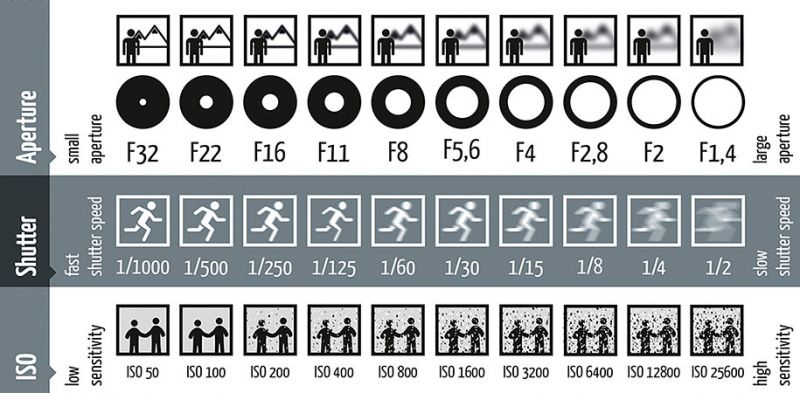- Tappi Versus Iso Brightness Scale Chart
- Tappi Versus Iso Brightness Scale 10
- Tappi Versus Iso Brightness Scale 1
- Tappi Versus Iso Brightness Scale Comparison
Measuring Paper Brightness. Paper brightness can be tested using 2 different methods. In the US, the TAPPI T 452 standard is used. The international community uses ISO standards, the ISO brightness tester. The TAPPI T 452 standard calls for a pad of paper to be illuminated at 45º and the resulting reflected light read at the 457 nm. The UV of TAPPI brightness is also the lowest of all the measuring standards. ISO Brightness: ISO brightness is a European measuring standard that measures brightness in an environment with cool-white fluorescent and some unfiltered daylight. The light will hit the sample sheet from all different angles. The brightness scale applicable to this method is the same as the brightness scale described in T 525. In contrast to TAPPI T 646 “Brightness of Clay and Other Mineral Pigments (45°/0°),” which uses 45° illumination and perpendicular viewing, this method utilizes an instrument with an integrating sphere to provide hemispherical (diffuse. The 0-100 scale is typically based on the Technical Association of the Pulp and Paper Industry’s TAPPI Standard T451. Regions outside North America commonly use the International Organization for Standardization’s ISO Standard 2469. As mentioned above, the standard for Whiteness measurement is CIE Whiteness.
This entry is a stub, a starting point for writing a full entry. You can help PrintWiki by expanding it! Just click the 'Edit' button.
Paper brightness is a gauge of how well the lignin component of paer has been removed from the paper pulp. Papers with large amounts of residual lignin will have lower brightness. Paper mills use fillers such as, calcium carbonate, chalk, and titanium dioxide to increase the brightness of a paper.
Measuring Paper Brightness
Tappi Versus Iso Brightness Scale Chart
Paper brightness can be tested using 2 different methods. In the US, the TAPPI T 452 standard is used. The international community uses ISO standards, the ISO brightness tester. The TAPPI T 452 standard calls for a pad of paper to be illuminated at 45º and the resulting reflected light read at the 457 nm. – Which falls in the blue portion of the visible light spectrum.
The test is sensitive to the grain direction of the paper, so measurements must paper direction must remain consistent during the test. The brightness scale is based on the 100% reflectance of a standard magnesium oxide tile.
Whether you are printing vivid color documents or important proposals, or just making copies of general office documents, the right office paper elevates any project. Some factors to consider before you place your office paper order are paper weight, brightness, recycled content and the availability of specialty papers for specific tasks.
Paper Brightness

'Brightness' refers to a specific measure of how much light a sheet of paper reflects. The U.S. uses the GE/Tappi scale and is a different brightness measurement system than the International scale. The comparison scale below, along with the new brightness icon, will guide you through the different numbers.

| U.S. (GE/Tappi) Scale | 92 Brightness | 96 Brightness | 98 Brightness |
| International (Int'l.) Scale | 102-106 | 108-112 | 113-117 |
The higher the brightness rating, the sharper the print. Color documents should be printed on office paper with a minimum 96 brightness. General office documents only require 92 brightness office paper


Office Paper Weights
Tappi Versus Iso Brightness Scale 10
Office paper ranges from 20 lbs. to 32 lbs. These numbers indicate the weight of an 500 sheets. Between 24-28 lbs. is fine for general office documents. The heavier weight work best for for color documents.
Most Common Office Paper Styles
| |||
|

Tappi Versus Iso Brightness Scale 1
Eco-Friendly Office Paper
Tappi Versus Iso Brightness Scale Comparison
Recycled paper requires less water, energy and fewer chemicals to manufacture. Look for the recycled symbol and recycled less water and energy in man | All Green Seal Certified paper meets strict minimum standards for recycled and chemical content: - At least 30% post-consumer fiber; |